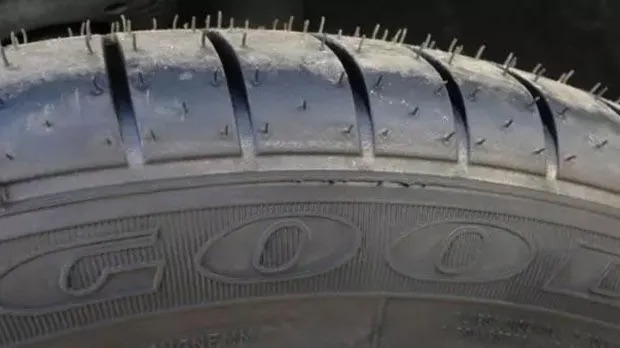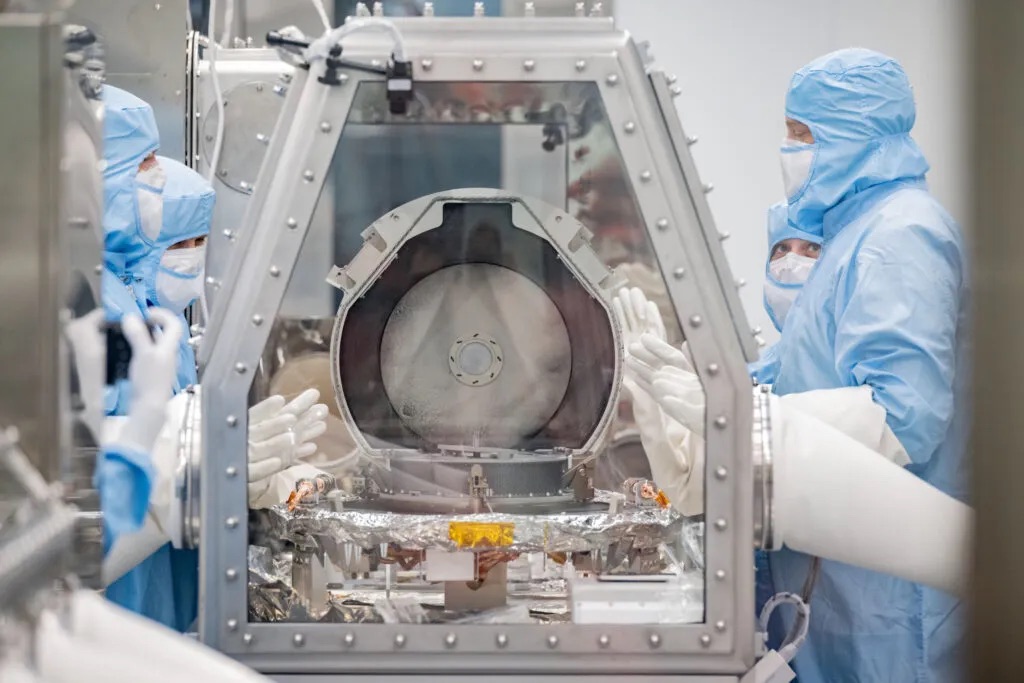Hi everyone!
I recently came across a great life lesson by Dr. Wayne Dye: Why the Inside Matters.
While he was speaking at a conference he brought an orange on stage as a prop. He opened a conversation with someone in the audience.
If I were to squeeze this orange as hard as I could, what would come out?"
- "Juice, of course.""Do you think apple juice could come out of it?"
- "No!" he laughed."What about grapefruit juice?"
- "No!""What would come out of it?"
- "Orange juice, of course.""Why? Why when you squeeze an orange does orange juice come out?"
- "Well, it’s an orange and that’s what’s inside."
Now, Dr. Dye makes his point:
Let’s assume that this orange isn’t an orange, but it’s you. And someone squeezes you, puts pressure on you, says something you don’t like, offends you. And out of you comes anger, hatred, bitterness, fear. Why? The answer is because that’s what’s inside."
His advice: "What's inside is up to you. It's your choice."
Powerful words.
Enjoy the rest of this edition of the newsletter.
Xavier
🤓 Cool Stuff I Found on the Internet
Teens are bombarded with notifications
Research from Common Sense Media finds that teenagers between 11 and 17 years old get 237 notifications per day. A quarter of those during school time. This raises many concerns. How does this affect a developing brain? Does a highly stimulating environment affect cognitive ability, attention span, and memory? We don’t know... One thing to note: the sample size of this research is low as only 203 kids took part.
What if someone dies on a flight?
A few months ago, I read the book “Will My Cat Eat My Eyeballs?” One question in the book is: what happens when someone dies on a flight? Unless there are seats available at the back of the plane, flight attendants would leave the dead body in its seat. There’s no dedicated space available for this scenario (as that would be wasted space 99% of the time).
Side note: I realize it’s weird to post this under “Cool Stuff I Found on the Internet”. I’ll make “creepy things I found” section in the future.

Tire Hair
What are the “hairs” on new tires? Do they serve a purpose or can they be removed? These “hairs” are actually vent spews, a by-product of the tire manufacturing process. When injecting rubber into a tire mold, air bubbles can form. The vent spews allow the air to escape, and some rubber goes along for the ride. The “hairs” have no purpose. They indicate a tire is new, but that’s it.
Nobel Prize Medicine For Duo Behind mRNA Vaccines
mRNA vaccines became widely known because of their role in the COVID-19 pandemic. We think of them as “new technology”, but they’ve been around since the 1980s. Katalin Karikó and Drew Weissman worked on this for decades, and in 2005, 15 years before the pandemic, they reached a breakthrough. They could make synthetic mRNA that didn’t get attacked by the immune system. New research is looking at how we can use this technology to create highly effective, personalized cancer treatments.
The Art of Wikiracing
Wikipedia reading is an e-sport! I speak from experience, having gone down the Wikipedia rabbit hole too many times. Wikiracing is a game whereby people try to navigate from one random Wikipedia page to another in as few clicks as possible. You can play it yourself on thewikigame.com and if you’re stuck, you can use Six Degrees of Wikipedia to find solutions. For instance, the shortest path between “Apple Inc.” and “Crème brûlée” is: Apple → Apple Maps → France → Crème brûlée.
👽 Space

OSIRIS-REx Mission Delivers Asteroid Sample
NASA’s OSIRIS-REx mission successfully returned a sample of the Bennu asteroid. The return capsule contains 250 grams of material. It’s the first asteroid sample returned to Earth by the US (Japan being the first). The recovery team quickly retrieved the capsule and took it to a clean room for a nitrogen purge to prevent contaminants from entering. The sample can help us understand how the solar system formed and could provide clues for the origin of organic compounds that started life on Earth. Interesting to note: 75% of the sample will be locked away "for laboratories that don’t exist today, using instrumentation we haven’t even thought of yet".
Could Starlink lead to Kessler syndrome?
There are currently 7871 satellites in low-Earth orbit, a number that has surged in the last few years because of mega constellations like Starlink. This raises the risk of Kessler syndrome, where one collision could cause a chain reaction, filling the orbit with debris and preventing future launches. Starlink satellites have software onboard to avoid collisions, but this article warns these systems could be disrupted. It urges us to plan for it now, or we risk mortgaging our entire species’ future in space.
🧠🤖 Artificial intelligence
Tesla's Optimus Robot Can Sort Objects
Tesla’s humanoid robot can sort blocks by color. That might not seem impressive (a toddler can do the same), but it’s interesting given how the robot was trained. Optimus learned by observing videos of humans sorting blocks. This is called “end-to-end” learning. It’s vital for Elon Musk’s plans for Optimus: deployment in factories to perform dangerous or highly repetitive tasks.
Bard can now look at your email
Google’s ChatGPT killer can now access your data in Gmail and Google Drive. You can now ask it to locate a specific piece of information or to summarize files. I tried asking it when I bought my monitor, and it pulled up my order confirmation from Gmail. According to Google, they protect your privacy when using the feature. It’s disabled by default, and Google will not use your emails to train future AI models.
⚡️ Energy & Environment
Microplastics In The Clouds
We find microplastics everywhere. In babies, at the bottom of the Mariana Trench, and near the peak of Mount Everest. Researchers in Japan now found microplastics in mists shrouding the peaks of Mount Fuji. In the damp air, they came across 9 types of polymers. They call them “airborne microplastics” and they could be a contributor to global warming. As the plastics float to the upper atmosphere, they breakdown because of high UV radiation and release greenhouse gases.

NASAs Nickel-Hydrogen Batter: Safe, Durable, Long-lasting
In the 1970s, NASA was looking for a battery to power its spacecraft. Lithium-ion could only handle 200 cycles, so they developed a hydrogen-based battery. It was robust, but also very expensive because it used platinum. Five years ago, a materials science professor discovered an affordable alternative, which led to the nickel-hydrogen battery. It can be charged 30,000 times, lasts 30+ years, is fireproof, and requires no maintenance. The company EnerVenue is working on commercializing the battery. They’re selling mainly to grid operators to store excess renewable energy for when it’s most needed.
Why is the ocean salty?
Almost all water on Earth is saline (97%), but why? Where does the salt come from? The oceans are salty because of the water cycle. Water evaporates, rises to the atmosphere, forms clouds and rains down back to Earth. Rain water is slightly acidic because it contains dissolved CO2. This erodes rocks and dissolves the salts and minerals inside. Rivers carry this mixture to the oceans, and once there, organisms consume the minerals but leave the salt alone. The result: oceans that get more salty.

